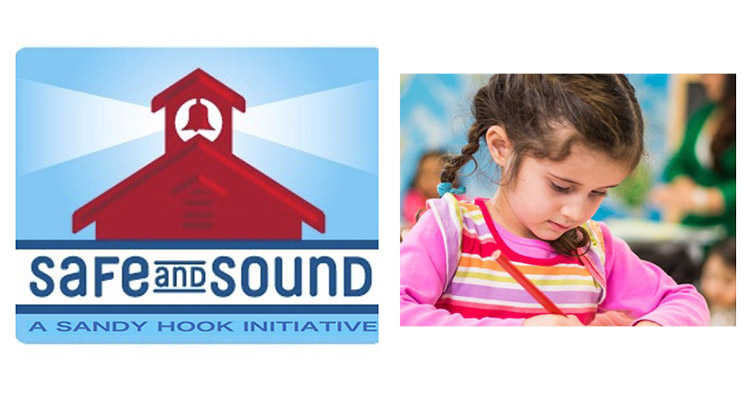New School Security Construction Cost Estimates Reference PASS K-12 Guidelines
 The Partner Alliance for Safer Schools K-12 (PASS K-12) – an initiative developed by the National Systems Contractors Association (NSCA) and the Security Industry Association (SIA) – is excited to announce that its guidelines have been used by the Secure Schools Alliance Research and Education (the Alliance) organization to create the first-ever school security construction cost estimates.
The Partner Alliance for Safer Schools K-12 (PASS K-12) – an initiative developed by the National Systems Contractors Association (NSCA) and the Security Industry Association (SIA) – is excited to announce that its guidelines have been used by the Secure Schools Alliance Research and Education (the Alliance) organization to create the first-ever school security construction cost estimates.
“While a few states – like New Jersey and Connecticut – have passed rules regarding security improvements for K-12 schools, there are still no approved national standards for such security infrastructure improvements,” says Robert Boyd, executive director of the Secure Schools Alliance. “The PASS guidelines represent an opportunity for the United States to embrace a consistent set of goals for security infrastructure, security technology, and life safety systems for public schools while respecting local norms and not forcing unfunded mandates.”
When discussing school security infrastructure and security technology, legislators and policymakers always ask: “How much will improvements cost?” These new cost estimates from Secure Schools Alliance Research and Education provide a realistic look at the resources needed to take action, and are the first set of hard numbers based on a specific set of recommended guidelines.
The cost estimates are based on actual security improvements made by Colorado’s Littleton Public Schools, which used the PASS K-12 guidelines to upgrade its security infrastructure and technology. Guy Grace, the school district’s director of public safety and security, led the implementation and recently shared details of using the PASS guidelines with Domestic Preparedness.
“One of the biggest benefits we have experienced by following the PASS standards is that our security systems can always evolve to meet the all-hazards needs of our school district now and in the future,” says Grace. “We have also found the PASS recommendations to be very valuable in readying our school community to meet day-to-day needs and emergencies when they arise. The district, on any school day, has over 200 employees who are using the security systems’ various integrated solutions to keep students and staff safe. People are our most important asset in the school system, and it is important that we give them the best tools to use.”
To create the cost estimates, PASS steering committee members first formed a baseline budget based on actual costs from Littleton Public Schools. Then, understanding that costs vary by market, the number of public schools in each state was considered and broken down by type (K-8, secondary, and other) to determine what costs would be by state and school type for each PASS tier level.
According to Chuck Wilson, PASS steering committee member and executive director for NSCA, “The cost estimates were validated on a national level using labor calculations from NSCA research, which is the industry standard for determining the labor usage for projects of this scope.”
“PASS has provided a solid roadmap for a security plan implementation. The PASS basic level of security (Tier 1) should be the minimum standard for all school buildings, but more action is required,” says Mark Williams, a PASS steering committee member and vice president at Allegion. “Hopefully, it will be a conscious decision rather than another act of violence that spurs such action.”
“Most incidents of mass violence in elementary schools (94%), and one-third of such events in middle and high schools are caused by intruders,” Boyd adds. “We can stop intruders – and now we know what it costs to help do so. It is time to launch a national discussion about standards to improve the security of K-12 schools.”
To learn more about PASS, or to download a copy of the PASS guidelines, go here.





